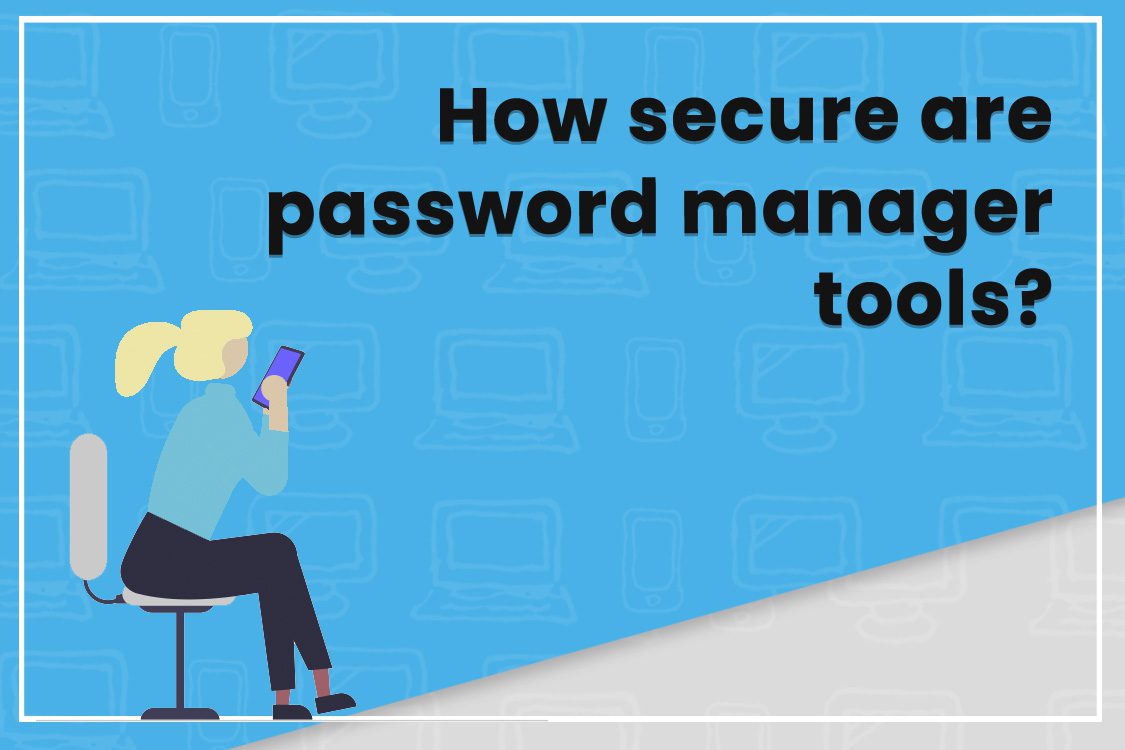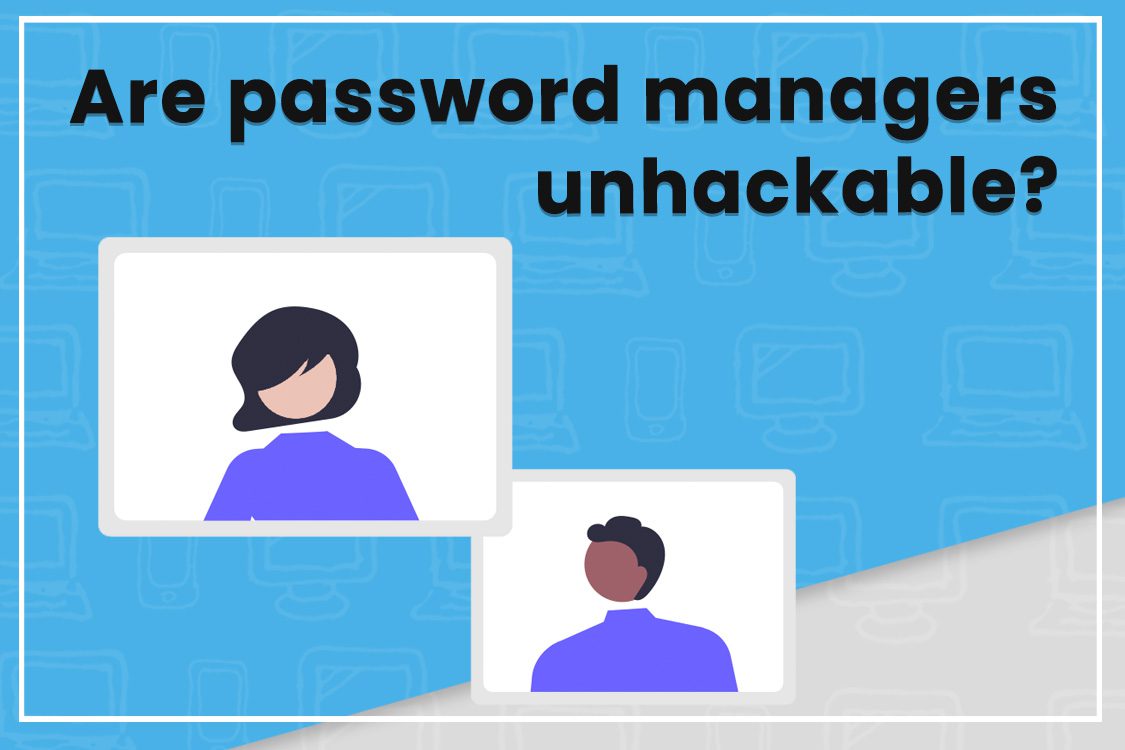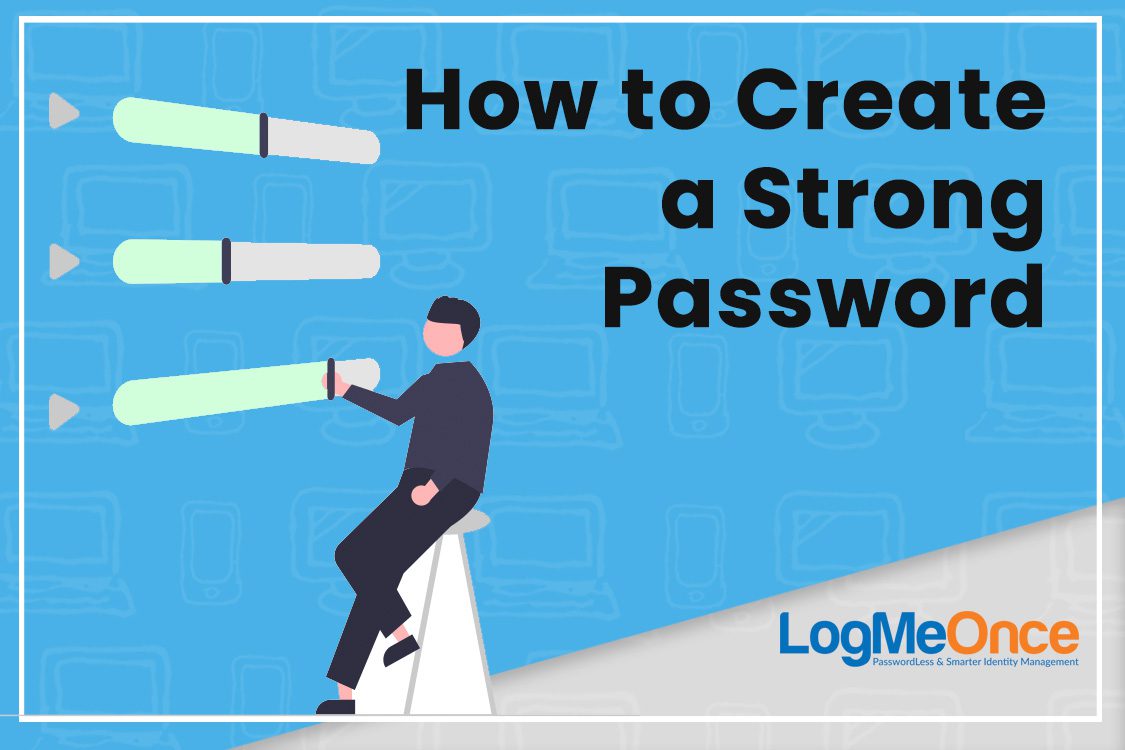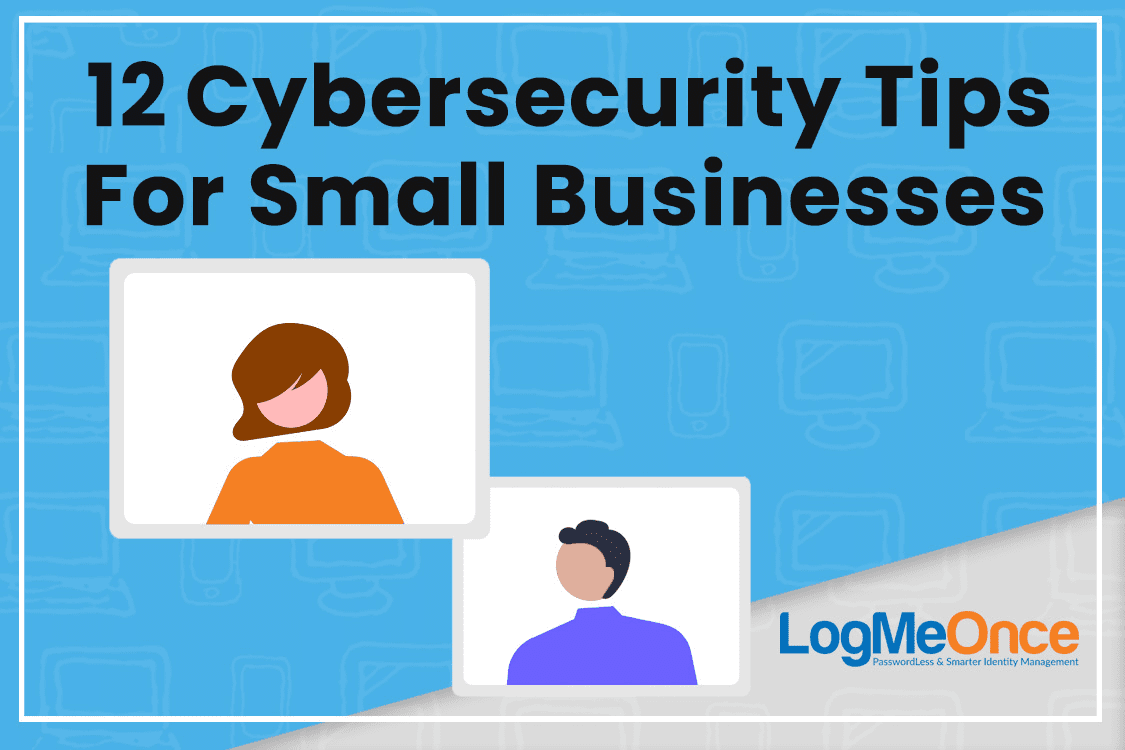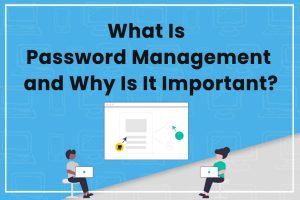How secure are password manager tools?
Password managers are software applications that install onto your Internet browser, your computer or your mobile device to help organize and secure your online account passwords. How secure are these password manager tools, if you are going to trust them to store your passwords for
Read More

Best Cybersecurity Tools to Use
Cybersecurity is essential, no matter if you’re running an internet business conglomerate or browsing the web for cat pictures. Today’s digital landscape is riddled with all kinds of hazards that are just aching to infect your PC. Aside from all the bugs, malware, and malicious software floating around, the internet is home to far more dangerous threats – hackers. Hackers might steal, erase, or ransom your data, which isn’t just costly – it’s outright devastating, especially if you’re running a business. Scams, hackers, and malware are all around us, and they pose a very viable threat to any denizen of the world wide web. In this article, we’ll explore the cybersecurity tools you’ll have to use for a happy, safe, and prosperous 2021, as well as outline their benefits. An Antivirus Antivirus software have been around for almost as long as computer viruses themselves. We’ve all had one of these softwares at somepoint, as the lesser grade antivirus software comes packed with other essentials you’ve probably downloaded. But despite what you might think, not all antivirus software slow your machine down or annoy you when you’re doing something important. There are many antiviruses out there that serve their purpose and might enhance your PC’s performance. You’ll never know that malware is present until it’s too late, or unless you’re using antivirus software to scan your computer regularly. Alternatively, antivirus software might protect your browsing, making your stay on the internet that much safer. An antivirus software will: Help protect your PC against cyber attacks; Rid your computer of malware; Protect your internet browsing; Warn you about potential hazards; A VPN A VPN is one of the most important tools you can have in this day and age. It offers so many benefits and features which make it the premier tool for cybersecurity, both for businesses and individuals. Virtual private networks scramble your IP address and encrypt all your data so that not even your ISP can find out what you’ve been doing and what you’ve been browsing. VPNs also make it virtually impossible for anyone to track you, your browsing, or access your PC remotely. Paid VPN Paid VPNs are generally better than free VPNs in almost every way. They’re the premier cybersecurity tools which are used by most people. You’ve likely seen the commercials all across popular websites such as Facebook and YouTube, but to sum it up, a good paid VPN will offer:Maximum protection against tracking Seamless browsing and good latency A non-invasive protection measure Superb encryption A Strict no-logs policy Unlocking restricted content Excellent location switching Free VPN Free VPNs usually have a relatively bad reputation, but that’s mostly unfounded in today’s market. While not as capable or sophisticated as paid VPNs, free VPNs are still a useful cybersecurity tool that you can use to improve your internet security. Most of them tend to offer: Decent connection speeds IP scrambling Good data encryption Geo-unlocking Password Generators Password generators are all the rage these days, and for a good reason. The evolution of the internet and those who followed it closely has proved one thing – people have many accounts on many sites that all share a common password. Since many people have the same password for almost every account, saying that it’s a significant security risk would be an understatement. It takes just one shady service or hacking attack on a company’s database to get your password, and if all your accounts share that password, they’ll all be compromised. That’s especially dangerous when you consider that a lot of people use eBanking and mBanking regularly. If they use the same password for everything, cybercrime can wind up costing a lot of money. Password generators generate random passwords and store them on your PC. Since they don’t upload it anywhere, as long as your PC is secured with the proper software, your passwords will be secure as well. A password d generator will also automatically apply them to all your accounts, and each account will have a different, super-safe password. These fantastic tools can: Drastically improve your passwords; Provide a unique password for each account; Automatically apply them upon login; A High-Quality Proxy Proxies make the modern internet go round, but they’re also some of the best cybersecurity tools out there. HTTP/HTTPS are a part of every website, and they act as an intermediary between the server and the person who is requesting information from that server. This means that businesses and websites use proxies all the time to secure themselves and streamline data transactions between both parties. You can use a proxy for similar reasons as a VPN. Not only is it going to scramble your IP address, but it’s also going to make it virtually impossible for anyone to gain access to your computer. It protects you from hackers, and it protects your browsing from all sorts of tracking. Proxies are extremely useful, and they have a lot of business benefits as well. Proxies can also be far more affordable than VPNs, and are far better suited for larger-scale operations. Proxies can: Protect your browsing Scramble and secure your IP address Secure and streamline your connection Unlock geo-blocked content Protect your computer data Authentication Authenticators are one of the most prevalent cybersecurity tools that a lot of modern-day businesses use. They won’t let you access your account with just a password- you’ll need to pass another layer of security when you’re working with authenticators. Authenticators make it much harder for hackers and other malicious individuals to gain access to your accounts. The two most popular types of authenticators are two-factor authentication and biometric authentication. Two-Factor Authentication These are the most popular types of authenticators on the modern-day internet. They’re an option on most websites. Enabling them requires you to provide your email address. Once you do so, the next time you try logging in from a remote or unrecognized location, you’ll be asked to provide a timed code that was sent to your email address.










